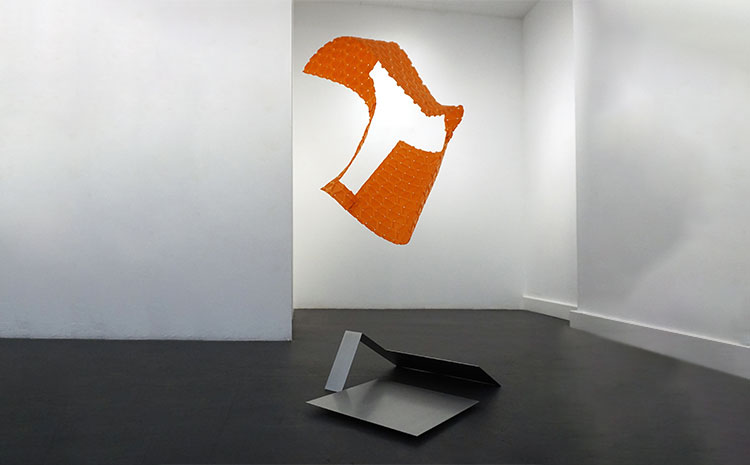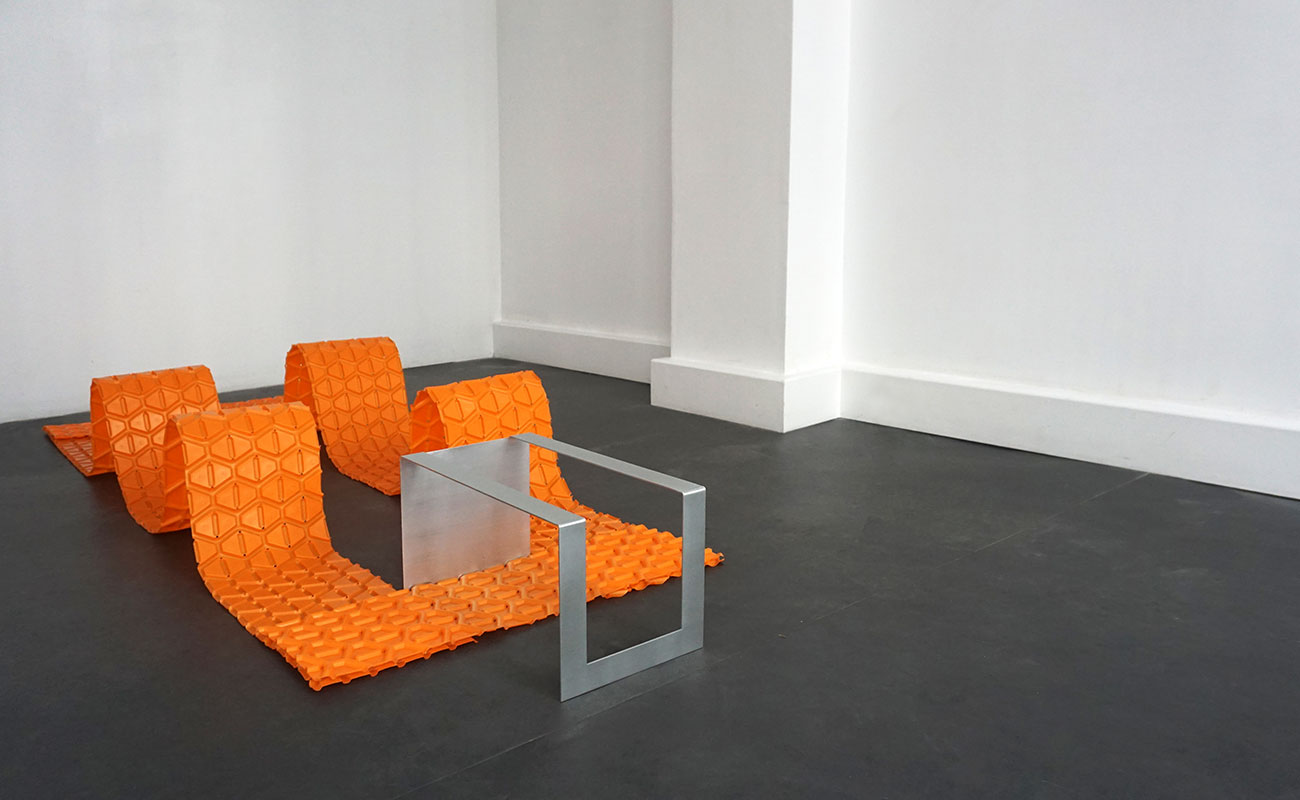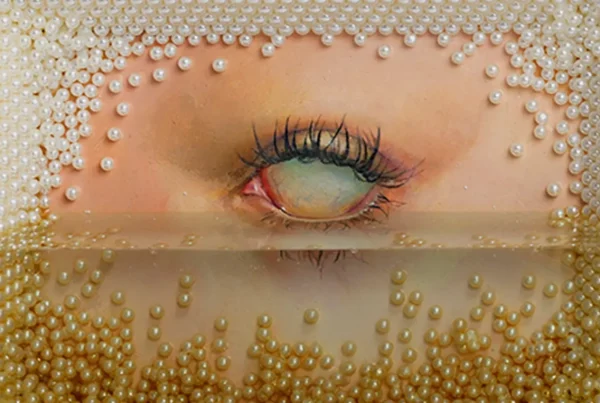“I tend towards a maximum simplification / purification of my forms. In my creations the volume is not constituted by a mass but it is defined by the contours of the form and by the vacuum, I thus obtain a hollow and open space.”
Bogumila Strojna’s Artistic Style and Inspiration
Bogumila Strojna is a French-Polish artist who resides and creates in Paris. Born in Poland, Strojna’s artistic style is heavily influenced by the Polish avant-garde, with particular regard to Katarzyna Kobro, a prominent sculptor and art theorist. Strojna draws inspiration from Kobro’s theory on the relationship between an artwork and its surrounding space, which she considers a foundational principle in contemporary sculpture.
Space is a recurring theme in Strojna’s work. Her sculptures are often designed to interact with the exhibition space, either through incorporation or contrast, and are typically placed on the ground to enhance the viewer’s immersive experience. Strojna’s art is characterized by its large scale and penetrable forms, which invite a multisensory and architectural encounter.
While metal is her preferred medium, Strojna also employs wood and plastic materials to create her sculptures. Her artistic philosophy centers on the idea of “sculpture as place,” a concept first introduced by Carl Andre. Through her works, Strojna explores the relationship between art and the environment in which it is placed, inviting viewers to engage in a deeper contemplation of the spaces they inhabit.
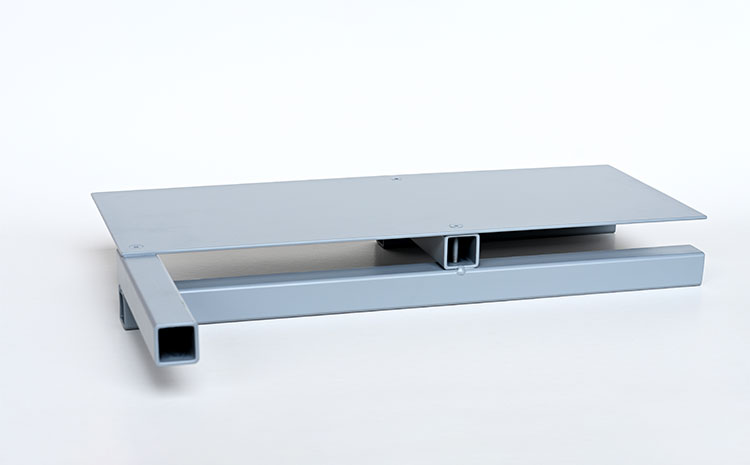
Focus on Geometry and Space
Bogumila Strojna’s work is centered around three main themes: geometry, spatiality, and urban landscapes, with a particular focus on architecture and signage. She primarily employs geometric shapes, such as the square and the cube, which she strives to simplify and purify as much as possible in order to construct her forms. Rather than building mass, she aims to define volume through the contours of the form and the void, resulting in an open and unenclosed space.
Instead of constructing forms outright, Strojna focuses on delimiting and structuring the space using materials such as metal bars, adhesive tape, and plastic. She takes into account the exhibition space’s parameters in order to transform and highlight its unique features, and if necessary, she will create volumes directly on the ground to better integrate with the surrounding environment. This approach ensures that her sculptures become an integral part of the real space and are often physically or visually penetrable by the viewer.
Strojna pays great attention to the spatial relationship between her artwork and the environment, and she strives to create forms that share the same space as the viewer. Her constructions serve to delimit and define space, and their architectural resemblance is deliberate. They offer both shelter and a sense of place, but they also allude to an external reality beyond their immediate surroundings.

Strojna’s Use of Urban Signage and Formal Approach
In Bogumila Strojna’s artistic practice, urban signage serves as a point of reference in her installations, often created by drawing lines directly onto the ground using adhesive tape. By adopting the idea of regulating movement through space, Strojna restructures the given environment to offer a fresh perspective on mobility. Although she employs varied materials and techniques, her works remain identifiable due to her consistent focus on the interplay between the sculpture and its surrounding space. Through the application of diverse assembly techniques, Strojna generates a range of forms, yet a unifying thread persists, grounded in her foundational concern.
Bogumila Strojna’s formal approach is founded on the cubic form, which serves both as the foundation and constraint for her work. By giving herself constraints, she paradoxically grants herself a greater freedom of experimentation. Despite being planar when placed on the ground, six faces come together to create a cube, much like an assembly of edges that have been cut and recomposed.
For Bogumila, the form is a mere pretext for transformation, movement, and play, with the consistency of the cubic shape providing an extensive range of possibilities for experimentation. She finds the cubic form to be a reference point for architecture, which defines the living spaces in which we reside and interact with daily.
Central to her approach is the question of perception, encompassing both how individuals perceive their environment and how the environment shapes an individual’s sensibilities. Through her art, Bogumila aims to explore optical illusions that challenge perceptions and constructions of reality.
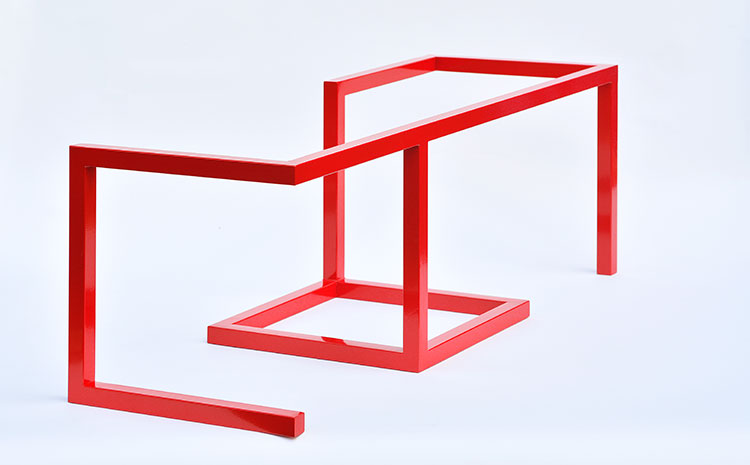
Bogumila Strojna’s Creative Impulse and Aspirations
To add visual lightness and movement to the otherwise stable, square structure of the cube, Bogumila often employs flat layers of vibrant colors like red or pink. Though the cubic form is commonly constructed from heavy materials like metal, she employs a wide range of materials such as wood, PVC sheathing for construction, and adhesive tape to create her works.
Bogumila Strojna’s works stem from a singular and powerful creative impulse, which she values above the resulting artistic expressions themselves. As such, she cherishes each of her creations as a translation of this fundamental force. While Bogumila has many aspirations, her top priority is to have optimal resources to create and showcase her work, ensuring that her experimentation and expression remain ceaseless. Given her inclination towards architecture, she is particularly drawn to grand, city-wide installations and large-scale, temporary constructions.
The urge to create has been a guiding force in Bogumila Strojna’s life, an inseparable aspect of her being. Indeed, her existence would be unimaginable without this impulse. She firmly believes that creativity imbues each individual with purpose and that creators demonstrate this significance to the world through their daily work.
